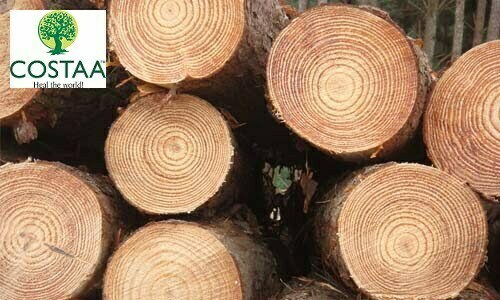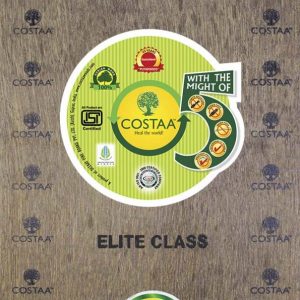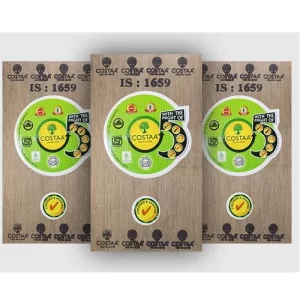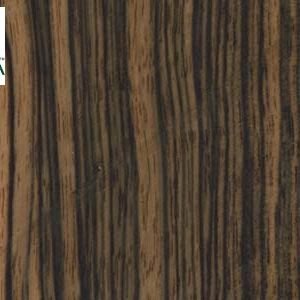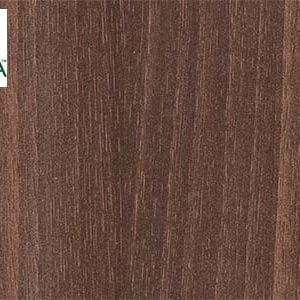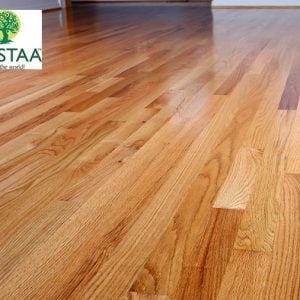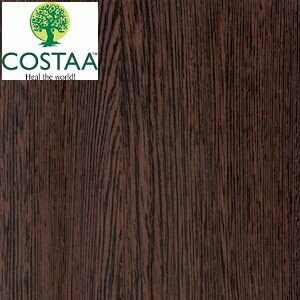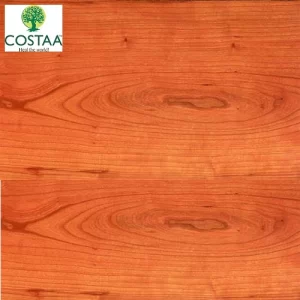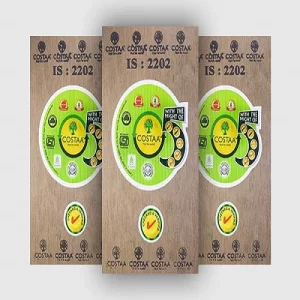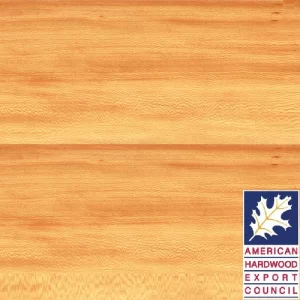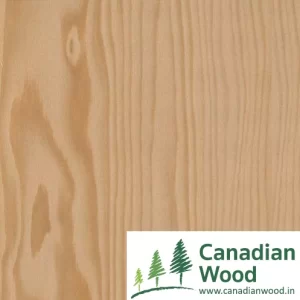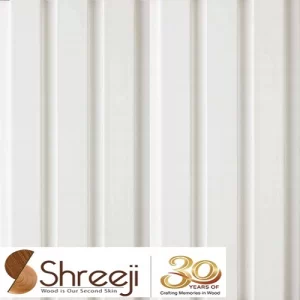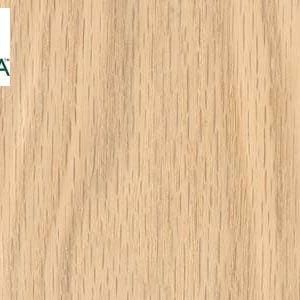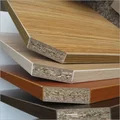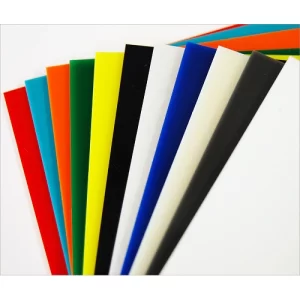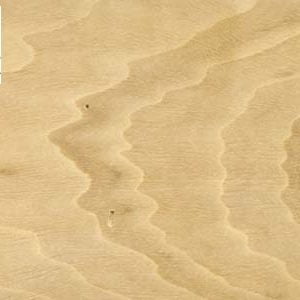COSTAA Meghalaya Pine Softwood
Meghalaya pine heartwood is an even, light brown to chestnut brown colour, the sapwood is creamy white. Resin canals are present as fine brown lines in the latewood part of the growth rings, especially on radial surfaces, and these can be a handy means of identification. Texture is fine but uneven.
The contrast in colour and texture between early and latewood bands (growth rings) in flat-sawn timber is relatively moderate compared with other pines and conifer species. The veneer has a moderate-to-high lustre. Common features in most Pinus species, including Meghalaya pine, are: knots, cone stem holes and pine-needle flecks. Meghalaya pine is a versatile and readily available timber, suitable for a wide variety of end-use applications. It produces wood that is very acceptable to the construction industry. The bark is rich in tannins and suitable for use in the manufacture of adhesives; it also contains some wax, which may have possible use in water repellents. It is suitable for framing, industrial uses, posts, cladding, decking, interior finishes and trims, and everyday furniture. Meghalaya does not begin to form heartwood until it is about 15 years old and forms it at the rate of one ring every two years. Most of the wood, therefore, is easy-to-dry and easy-to-treat sapwood. This is an advantage over many Northern Hemisphere conifers, which are largely heartwood.
Durability
Meghalaya pine heartwood is an even, light brown to chestnut brown colour, the sapwood is creamy white. Resin canals are present as fine brown lines in the latewood part of the growth rings, especially on radial surfaces, and these can be a handy means of identification. Texture is fine but uneven.
The contrast in colour and texture between early and latewood bands (growth rings) in flat-sawn timber is relatively moderate compared with other pines and conifer species. The veneer has a moderate-to-high lustre. Common features in most Pinus species, including Meghalaya pine, are: knots, cone stem holes and pine-needle flecks. Meghalaya pine is a versatile and readily available timber, suitable for a wide variety of end-use applications. It produces wood that is very acceptable to the construction industry. The bark is rich in tannins and suitable for use in the manufacture of adhesives; it also contains some wax, which may have possible use in water repellents. It is suitable for framing, industrial uses, posts, cladding, decking, interior finishes and trims, and everyday furniture. Meghalaya does not begin to form heartwood until it is about 15 years old and forms it at the rate of one ring every two years. Most of the wood, therefore, is easy-to-dry and easy-to-treat sapwood. This is an advantage over many Northern Hemisphere conifers, which are largely heartwood.
Durability


